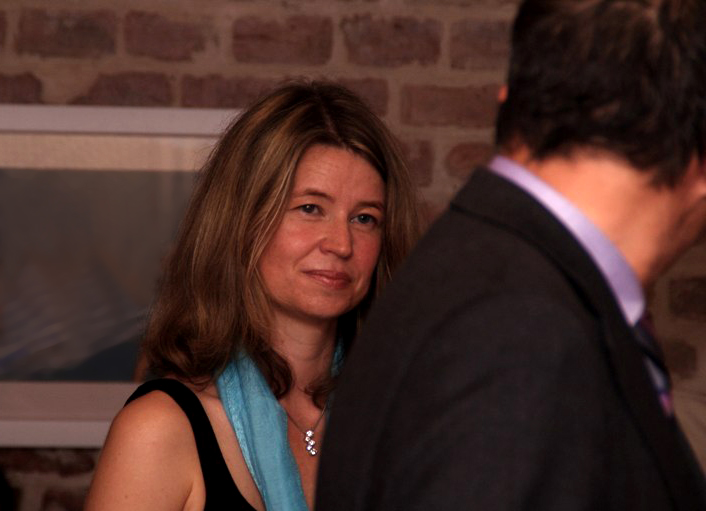I often describe to people how I have fixed broken teams at places I have worked at by increasing or implementing business partnership. Every once and a while, I get a request to explain what I think good business partnership between Finance and other functions is and what I do to make sure it happens.
First, the whole reason why a good partnership is important is because it amplifies the ability of all of the people involved in the partnership and is a key element in the art of strategy. Strategy, as I have discussed earlier in my blog, is the art of winning (https://mgpotter.com/what-does-it-mean-to-be-a-strategic-cfo/). To go back to the master of strategy, Miyomoto Musashi and his Book of Five Rings, I will show how the importance of people is a main focus of strategy.
From the Earth scroll, there are two important passages:
“The master carpenter learns the structural pattern for building a tower or a temple and knows the construction plans for palaces and fortresses. He builds houses by making use of people. In this way the chief carpenter and the chief warrior resemble each other.”
In this paragraph, Musashi make sit clear that warriors, strategy masters, are very similar to master carpenters as they both employ people to reach their goals and deliver their objectives.
“In using men, the master carpenter must know the qualities of the carpenters. In accordance with their high, medium, or low ability, he must assign them different tasks, such as construction of the tokonoma; of the sliding doors and the shoji; or of the sills, lintels, and ceilings. It is appropriate to have support framing done by those with not much skill, and wedges made by the most unskillful. If one is able to discern the qualities of men in this manner, work progresses quickly and efficiently.”
Musashi continues on this point by saying that the carpenter has to know his people and divide the work being done to the right people based on their skills. If this is done well, then the job progresses smoothly.
And then Musashi concludes on the importance of knowing others in his description of what is to come in the wind scroll:
“Without knowing others, one cannot really know oneself.”
It may sound like Musashi is talking about directing or ordering people around. The master carpenter is the job boss and he assigns and supervises the people working for them as they do their assigned tasks. That does not sound much like partnership. However, when he talks about knowing others, he means it in the same sense that he means all of his instructions. He personally and expects students of his Way to practice and ponder the results of his practice. His life story is not one of a stern general barking orders and expecting obedience. He certainly cared for the people in his life and used them more than just as tools. Even in fighting well with swords, which is the heart of his Way, he tells his students that the Way is more than the tools, more than the swords themselves or however you flourish them.
Building a proper business partnership between functions is exactly like that. It is rooted in helping each other via your personal skills and then amplifying the ability of the whole group to complete your goals.
The foundation for a good partnership is trust and then mutual respect. You cannot enter into a partnership inside your firm without trusting the other people and you need to respect them. The structure of the partnership may exist, but without the proper foundation it will be just a framework with no substance and weight behind it.
In any sort of a company that requires a turnaround, there will be a disconnect between Finance and the other functions. Usually Finance is not part of business decision making and shunted off to the corner as been counters, but sometimes it is the other extreme and Finance is too powerful and everything is being run as a cost center with cost cutting and control being the only goal. Neither way works well and both result in sub-optimal results. You’ll need to bridge that gap and repair any damage done.
The first step is to clear your own mind of the conflict and issues that caused the problem to begin with. It is easy to build an us versus them case in your mind and start getting emotional about it. This does not help. The other parts of the company are all filled with people all trying their best. Put away your heart at war and put on your compassion and brains. Keep your ego in check as you will be. Setting an example for your staff. Go through your staff list and decide who are good fits in experience and temperament with the different business leaders within your company. Meet with your staff and make sure they understand that you are aiming for a partnership and that means they will be working for other functions more directly.
Once your staff understands what you want to accomplish, approach the business or functional leader or leaders you want to partner with and offer them dedicated staff that will work with and for them. Make it clear that they will have a major influence on the annual rating of the Finance staff assigned to them and they will basically become their resource. Make very sure that the assigned staff keep appropriate confidences work for their newly assigned function. Hopefully, if you picked the right person for the right fit, both sides should quickly start benefiting. The function gets access to financial analysis and advice before and while they are making decisions. Finance gets to see changes o the business sharpening before they are complete so that they can be properly planned for and accounted for. It really is a force multiplier when smart people with different skills work together as partners instead of working in silos.
You will know that the partnership is working when two things start happening. First, the business will start improving. By working together on common goals with the spirit of cooperation inside your company instead of defensiveness or unnecessary competition, better and faster decisions will be made. The second thing that will start happening is that you will “lose” staff into the businesses or functions you partnered with. The is about the ultimate compliment and a great recruiting tool because you can show actual progress and growth from Finance not only upwards within Finance but out into the business as well.
I have not had many bad experiences doing it this way, but there are some people that are so closed off that they cannot work with other functions or teams and want to be both secretive and controlling. They can be very difficult to work with and to convince that they should partner with you. It doesn’t matter how hard they make it, you need to. Find a way for the company to win. If the leader is not receptive to partnering, get your staff to try a layer or two down below them. Be friendly in meetings that you are in with the more difficult peer. Regardless of the reception you are getting, you should not be them and set yourself to fight instead of help. Get ahead of the decisions that need to be made and get that leader the information and analysis that you can do to help. Meet in private with them so they do not have to have anyone see them getting advice from you in public. It is not the best situation, but you are one of the top executives and you need to make it work.
Being a partner does not mean abandoning your integrity or not having Finance perform its traditional control and cost control roles. It is about making those objectives important outside of Finance so they are not just Finance goals. It is about embedding your skill set and advice into the company where finance gets to be proactive, not reactive. It is about teamwork and doing what it takes for the team to win, even if you do not get all the credit you may deserve.
It is about winning and making all the people you work with winners too.
Website with an online, free copy of The Book of Five Rings
Books, either in paper or on Kindle (all links go to Amazon.com)
The version I quote here:
The Complete Book of Five Rings
The Complete Book of Five Rings – Kindle version
The translation I first read
A Book of Five Rings: The Classic Guide to Strategy
A Book of Five Rings: The Classic Guide to Strategy – Kindle Version
An account of Musashi’s life
The Lone Samuari: The Life of Miyamoto Musashi
Fictionalized versions of Musashi’s life


